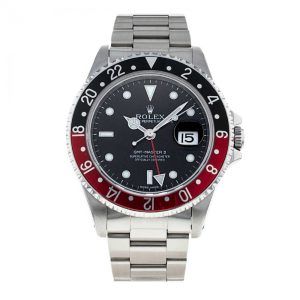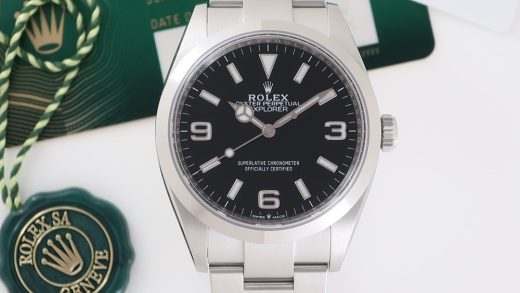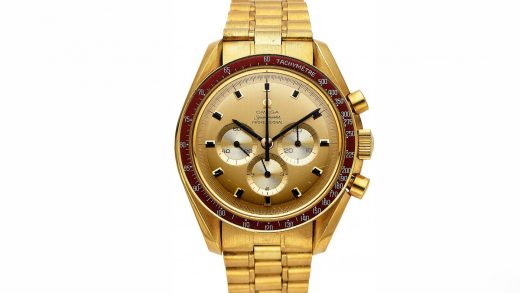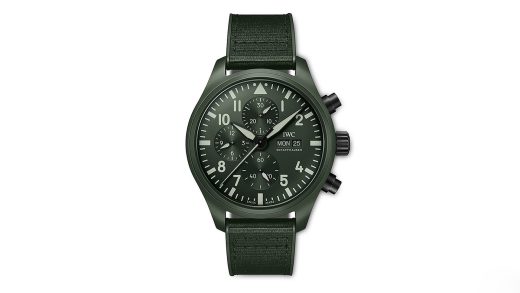As a leader in the watch industry, Replica Rolex has been loved by many watch fans with its excellent craftsmanship and technology, and its annual output exceeds 1 million, which also makes its sales firmly in the leading position in the Swiss watch industry.
Today, many classic series have been born under Replica Rolex. This time we will talk about the development history of “Replica GMT-Master” with the theme of “Greenwich Type”.

The story begins in 1954, when it was difficult for aviation personnel to calculate their destination time in different time zones, so the famous American international airline, Pan Am, approached Rolex with the needs of pilots, hoping to design a device that could display two at the same time. Watches in two time zones (ie local time and destination time), this collaboration led to the birth of the GMT-Master.
The GMT-Master Ref. 6542, specially designed for Pan Am employees, was first introduced, and it was already equipped with a very classic “Pepsi” circle, red for daytime and blue for nighttime. However, the bezel at the time was made of plexiglass, which was easier to scratch, and was subsequently replaced by oxidized metal aluminum and high-tech ceramics in 1959 and 2005, respectively.
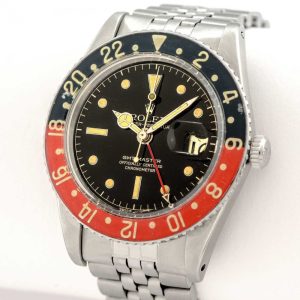
In 1959, Rolex introduced the new GMT-Master Ref. 1675, a classic model that would continue until around 1980. Different from the previous generation, a new guard has been added to the crown position, and the case and hour markers have also been enlarged, and are available in stainless steel and 18ct gold.
Ref. 1675 also experienced two versions of the crown guard, the first version was a pointed crown guard, and the later iteration was more round and thick, called the round crown guard.
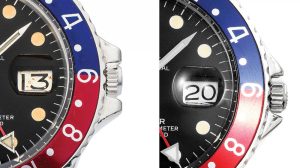
In the early 1970s, two notable additions were made to the GMT-Master collection. One was the introduction of a two-tone GMT-Master in steel and gold—a brown dial with a half-brown, half-gold bezel, and the second was a black dial with an all-black bezel.

Back in the 1980s, Rolex started introducing the GMT-Master Ref. 16750 with a sapphire crystal and a quick date setting function.
In 1983, starting from Ref. 16760, GMT-Master was renamed GMT-Master II, and the biggest innovation stemmed from the fact that both the GMT hands and the bezel support independent settings and can support the display of three time zones. Thick case mechanism, so the watch is also called “fat woman”.

In 1989, Rolex updated the GMT-Master II series, replaced Ref. 16760 by Ref. 16710, and adopted the new 3185 movement. The most notable difference was that the case became thinner. This change was popular with many users. ‘s favorite. Until 2007, this watch was produced for 18 years.
